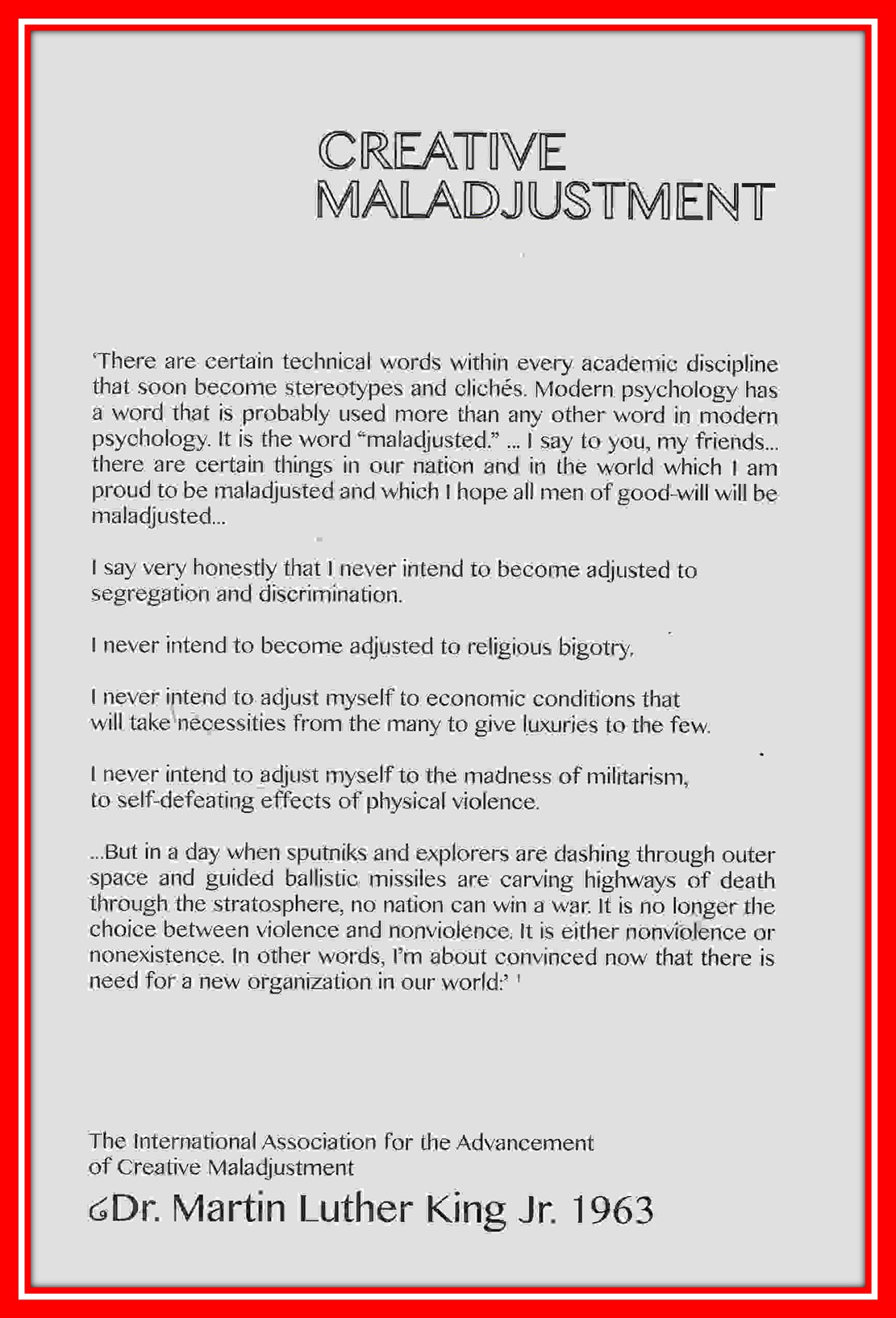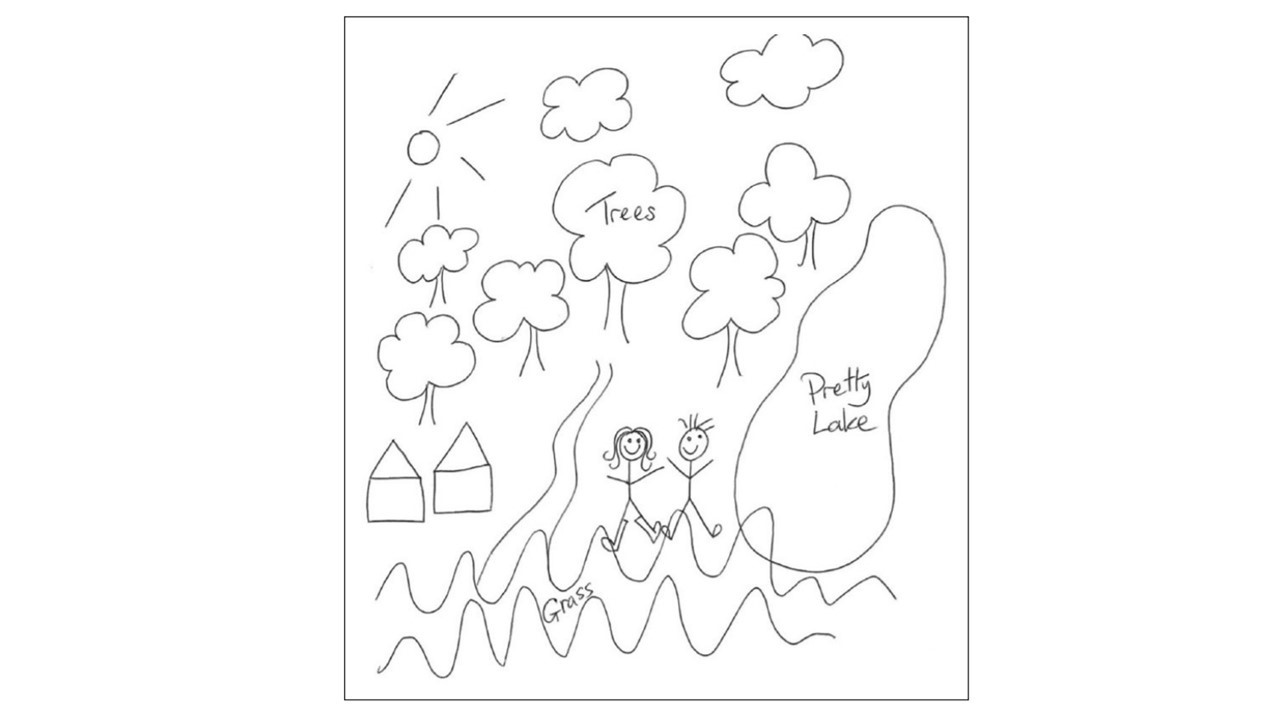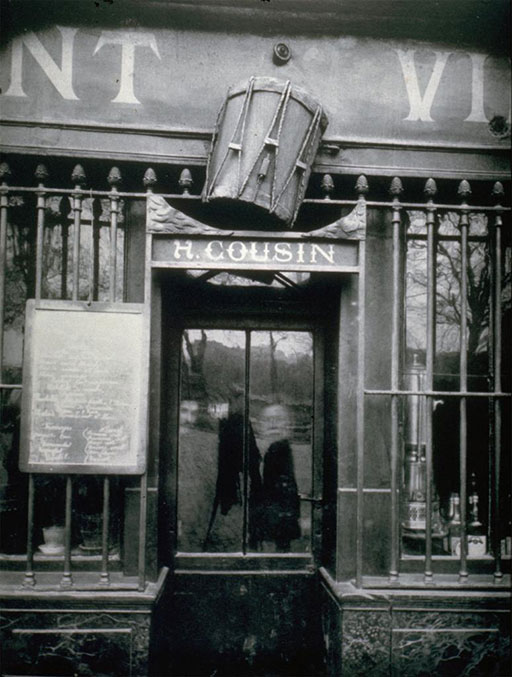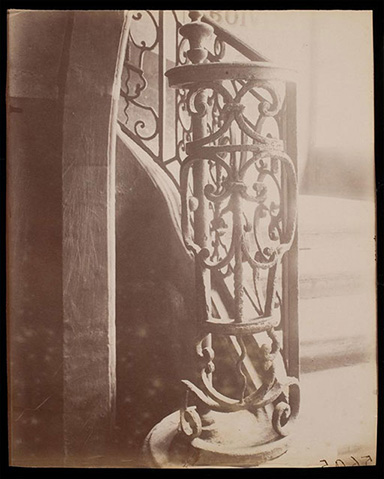Introducing Homo-somatism?: The nature of ‘queer’ readings.
How is the tolerance of a picture to interpretation tested?
This is a question I started asking myself after discovering a beautiful drawing attributed to Titian: Two Satyrs in a Landscape (1509 -19) [Whistler 2016:113].
Whistler (2016:112) describes it thus: ‘two entwined satyrs with an astrological disc in a rustic landscape. In the hooked, curly or lapping pen-strokes we can trace both the forceful movements of Titian’s hand and the impetuous flow of his ideas; the furry, hairy bodies of the satyrs seem to merge with the rough grass, and the broken pen lines and strong hatching stokes animate their bodies and create a sense of the play of light outdoors.’
How much is both said and unsaid here of my immediate and even considered response to this picture – because the play of hair / fur (the naming announces the liminality of the beings caught between animal and human) merges not only bodies with grass but body with body. I do not sense though a sexual meaning (or as people with a preference for late nineteenth century medical terminology sometimes prefer to call it ‘homosexual meaning’). If anything this is as near as the ‘play’ (to take Whistler’s term again) of light and bodies but also of bodies. What this picture ‘means’ to me is of an asexual comfortableness of the male body with body itself and the body of other males.
It marks a moment when the male is not seen as rigidly distinct from other males in the performance of a kind of heterosexualised masculinity where closeness of male to male is absent or ritualised in performances of mutual violence. Titian’s satyrs are as isolated from heterosexuality as much as homosexuality, in so far as both hetero and homo-sexuality are thought of as variant forms of the genitally sexual. So I prefer to invent the term – homosomatism or homosomal interaction. These definitively male bodies (not being goat-like below) rest on and in each other and, if light, space and line play, play intermingles in doing so the curvy lines that fail to outline each male body in any non-liminal (non-boundaried) way.
I love that term ‘liminal’ – it is about the merging of boundaries with each other, where boundary maintenance and boundary crossing are allowed a momentary rest from the usual antagonism to each other that they sometimes evoke in real life. Yet so comfortable is this picture – so much in repose - that one wonders why Titian chose satyrs. They were the sign of indecorous phallic sexuality in Classical Greek ceramic and statuary art. It reminds us that, in deliberately copying Giulio Romano’s print (Wyss 1996:98)
for his Flaying of Marsyas, another satyr, Titian deliberately omitted the patterned contrast in Romano between the decorous well-proportioned phalli of the Apollonians in the print and the gross bestial (bent) phalli of the satyrs – and the huge testes sac of the incoming satyr servant. Issues of class emerge here of course. The small but proportioned phalli form one diagonal on the left of the picture outfacing the parallel bent of the phallic equipment of the satyrs
It is commonplace for hegemonic male cultures, as Franz Fanon shows us, to brand its fear and distaste for the males of a subaltern culture in 'picturing' the genital sexuality of the latter as both gross in shape and size, and as ill-controlled. Fanon sees this imagery played out in the US ‘lynchings’ in the twentieth century American South where the phalli of black men were cut off and inserted in the mouths of their own hanging bodies.
Where am I going with this? The meaning I see in Titian’s print is highly ‘subjective’. As someone who respects, but does not want to mimic in myself, scholarship, I am aware that the iconography of this picture has not been rigorously examined. The presence of the astrological disc suggests that there may be ways of merging our satyrs in a pattern of iconological meaning, which will stand aloof from subjectivism and perhaps find a hidden secreted meaning in line with the Neo-Platonism of Marsilio Ficino. Moreover (I’m ashamed to say) I can’t read the Italian writing at the right base of the drawing being Italian illiterate. There seems to be a reference to Milan (and that may be crucial if I did but know why).
But is this reticence about finding meaning how it must be? Does painting that we see only allow the play of meanings authorised by a symbolic system entirely knowable to their author/painters, as Ficino’s was, or do other meanings insert themselves through the history of the picture’s reception. Usually those meanings are fearful and sublime (how I would read the Flaying of Marsyas). But in Two Satyrs, I sense a meaning that is purely beautiful. It is about the possibility of a masculinity that is not defensive against its ‘queering’. It cannot be labelled ‘queer’ or ‘homosexual’, it is that which, at the moment, neither of these nor their ‘opposed’ binary qualities. To me that is beautiful: a world beyond the granite force of boundaries and the walls of Trump (or do I mean the Walls of Doom). When one looks at the White House now, it is difficult to decide.
All the best
Steve
Whistler, C. (2016) Venice & Drawing 1500-1800: Theory, Practice and Collecting New Haven & London, Yale University Press (a wonderful book by the way).
Wyss, E. (1996) The Myth of Apollo and Marsyas in the Art of the Italian Renaissance: An Inquiry into the Meaning of Images Newark, University of Delaware Press / London, Associated University Presses.
Pictures from these books:
Titian, Two Satyrs in a Landscape (1509 -19). Pen & brown ink with white body colour, some oxidised, 216 x 151 mm. New York, The Metropolitan Museum of Art, Inv.1998.28.
Giulio Romano, Apollo Flaying Marsyas : design for a detail of the frieze in the Sala di Ovidio, Palazzo Te (1527) : pen, ink and wash over chalk, Louvre, Département des Arts graphiques.

 (external photograph)
(external photograph) - sketch
- sketch It only yields a ‘palpable sense’ of ‘vitality’ when read (using
multiple senses that ‘embody’ meaning) by living readers. Yet this process of reconstructing
multi-sensory experience (sound, sight, proxemics, and signification) is only
partially explicated in a dense final paragraph.
It only yields a ‘palpable sense’ of ‘vitality’ when read (using
multiple senses that ‘embody’ meaning) by living readers. Yet this process of reconstructing
multi-sensory experience (sound, sight, proxemics, and signification) is only
partially explicated in a dense final paragraph. 
